“Trainwreck” isn’t a bad description of my academic career. Bored, more interested in reading real books than textbooks, not caring about the things I was expected to in junior high and high school—athletics and social status—I ignored assignments, skipped classes and eventually dropped out. I got nothing from Mesquite High School, and to be fair, MHS got even less from me.

But just a few years later, with a GED and college (only slightly more successful), I found myself writing an article on something “new” called classical education. What I saw on the campuses I visited changed the course of my life—and the lives of the children I didn’t even have yet.
Let’s start with Dorothy Sayers, the author and scholar of mid-20th century Britain (and great friend to G.K. Chesterton and C.S. Lewis). Her diagnosis of modern education was spot on: “if we are to produce a society of educated people, fitted to preserve their intellectual freedom amid the complex pressures of our modern society, we must turn back the wheel of progress some four or five hundred years, to the point at which education began to lose sight of its true object.”
Writing in her essay, “The Lost Tools of Learning,” she made an argument that made perfect sense to me. The stages of child development—of how children in general learn—correspond to the first three of the seven liberal arts of classical education.
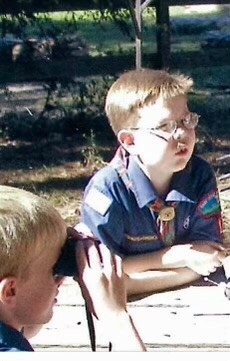
Now, classical education comes in many forms—there’s Catholic classical education, there are Protestant classical schools, there are home schools, there are even public charter classical schools. What they share in common is a love for learning—and the true, the good and the beautiful.
Liberal arts—does that phrase sound familiar? How about “grammar school”? There are hints still of classical learning, even in our modern schools. But the liberal arts were a thing—divided into the Trivium (the first three) and the Quadrivium (the final four). Our focus in on the Trivium, what we think of as k-12 education.
The first stage of the Trivium is the grammar stage. This is when kids are tiny, loud (and unsanitary) little sponges. They take in information effortlessly and eagerly—they’ll store up vast amounts of information on dinosaurs, for example. It doesn’t matter if it’s “amo, amas, amat” in Latin or the minutia of the Pokémon universe—they consume and retain information. Of course, every subject has a grammar—the state capitals, the basic math tables, the American presidents and where the punctuation marks go.
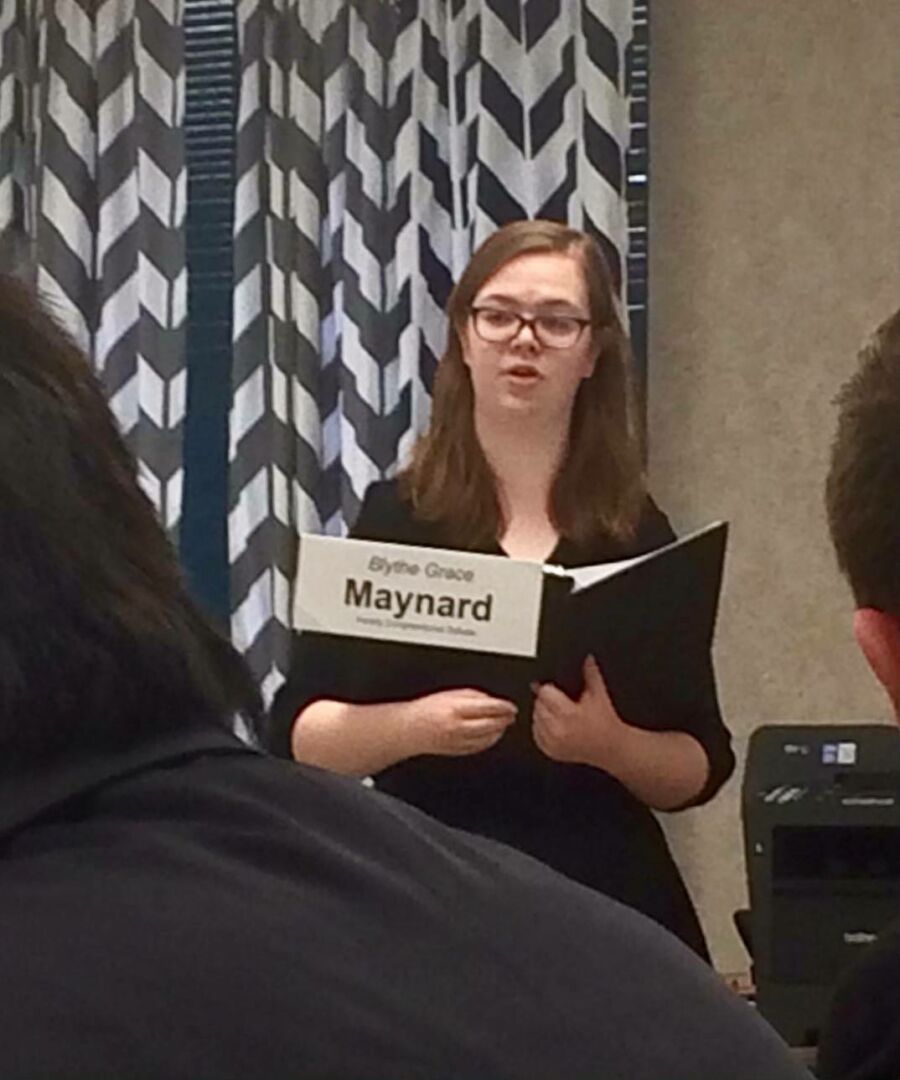
That stage doesn’t last forever; pretty soon (we always found it to be about middle school age), kids get argumentative. It’s when they start to question everything. The classical model doesn’t quash this—it takes advantage of it. The second phase of the Trivium is called the dialectic stage. Traditionally, that’s when we teach kids how to think—and therefore how to ask those questions and seek proper answers. Classical educators will sometimes call this the logic stage. It’s one of the most fun stages to teach—kids love learning about logical fallacies, and then pointing them out to everyone around. When I taught logic, my only caveat was that a logical fallacy is NOT a logical fallacy if it’s being used by your mother.
And finally, when kids are starting to think about the world and how they present themselves to it, classical education comes in with the rhetoric stage, the last of the Trivium. It’s time to polish a student—to teach effective and persuasive speaking and writing. At the school I helped out with, Good Shepherd School in Tyler, Texas, we taught rhetoric through competitive debate (mandatory for high school students), Shakespearean plays every year, and writing every day, in nearly every subject.
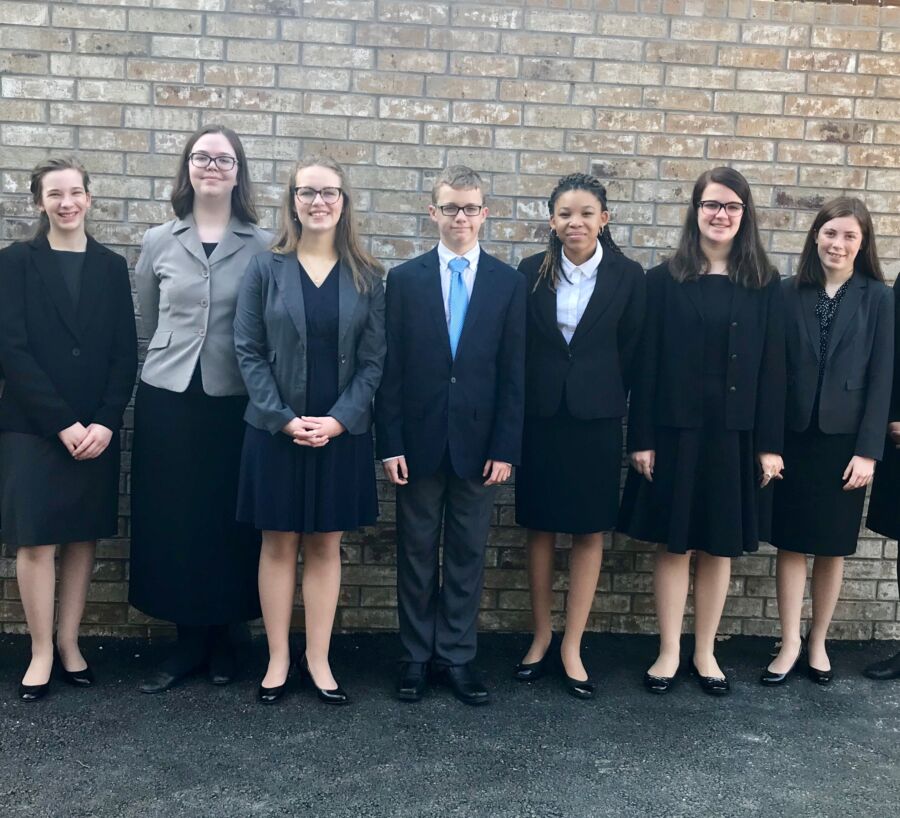
As I learned more about classical education some 30 years ago, I had to wonder how my own education would have benefited. I was that kid—at one point, I had the Periodic Table memorized. I argued with anyone who would sit still. What little success I had in high school was because I liked writing and could BS my way though an “extra credit” paper at the end of a semester.
What classical education offers is stage-appropriate learning, big ideas and compelling material (not bland excerpts in a textbook). Even as I was failing government class, I was reading Isaac Asimov’s Foundation series—which considers the big questions about how we are to live among each other. I even failed the only journalism class I ever took because no one ever let me near the student newspaper. (I went on to spend more than three decades as a professional, award-winning journalist.)
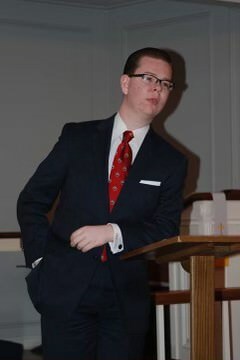
Much of the fault was mine, but I’ll not apologize for the dog’s breakfast that passed for the curriculum I was expected to master. What if someone had said to me, “Ever considered Plato’s analogy of the cave?” or even, “Man, this Milton guy was pretty punk rock… give Paradise Lost a read.”
When my wife and I had children, we chose a classical school for them. We got involved. And they each spent their entire prek-12 careers there. We couldn’t be more pleased with the results. In coming months, I will encourage my now-grown children to document their own experiences. And I have no doubt whatsoever they’ll do so—and eloquently.
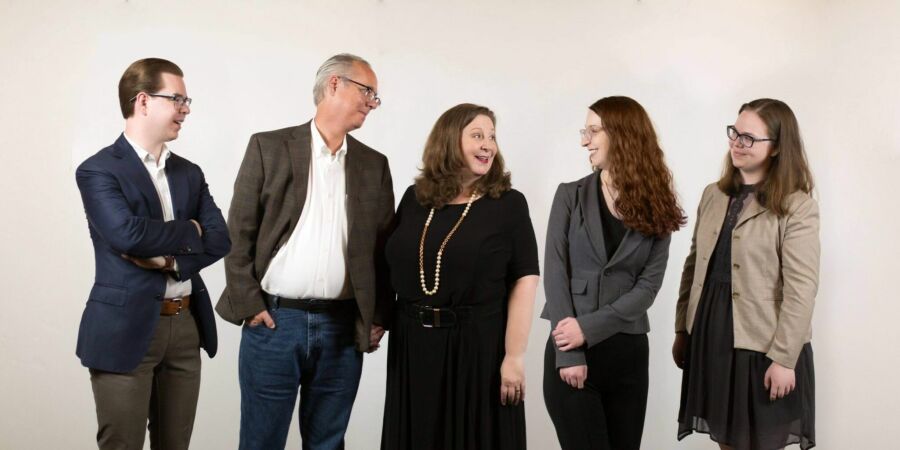
Roy Maynard is Senior Writer for the Texas Public Policy Foundation, having spent 30 years in journalism and 20 teaching debate part-time at his children’s school.